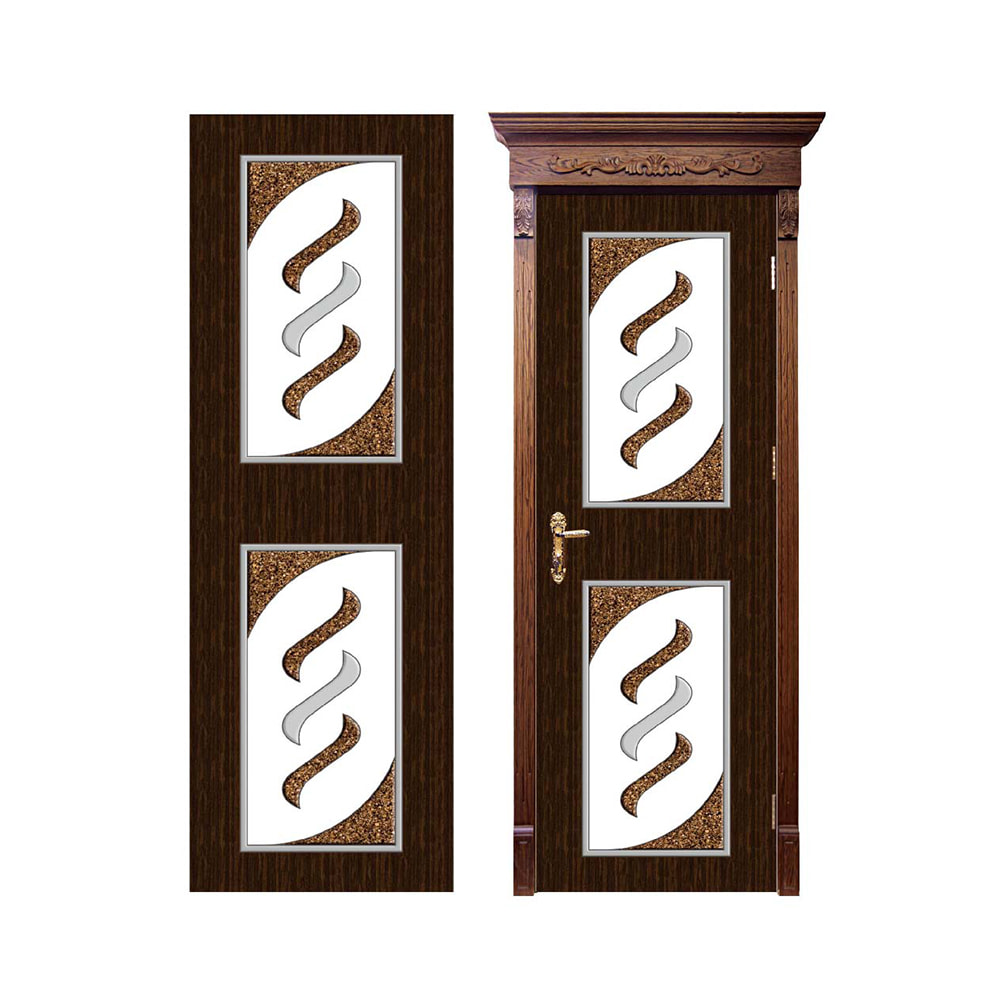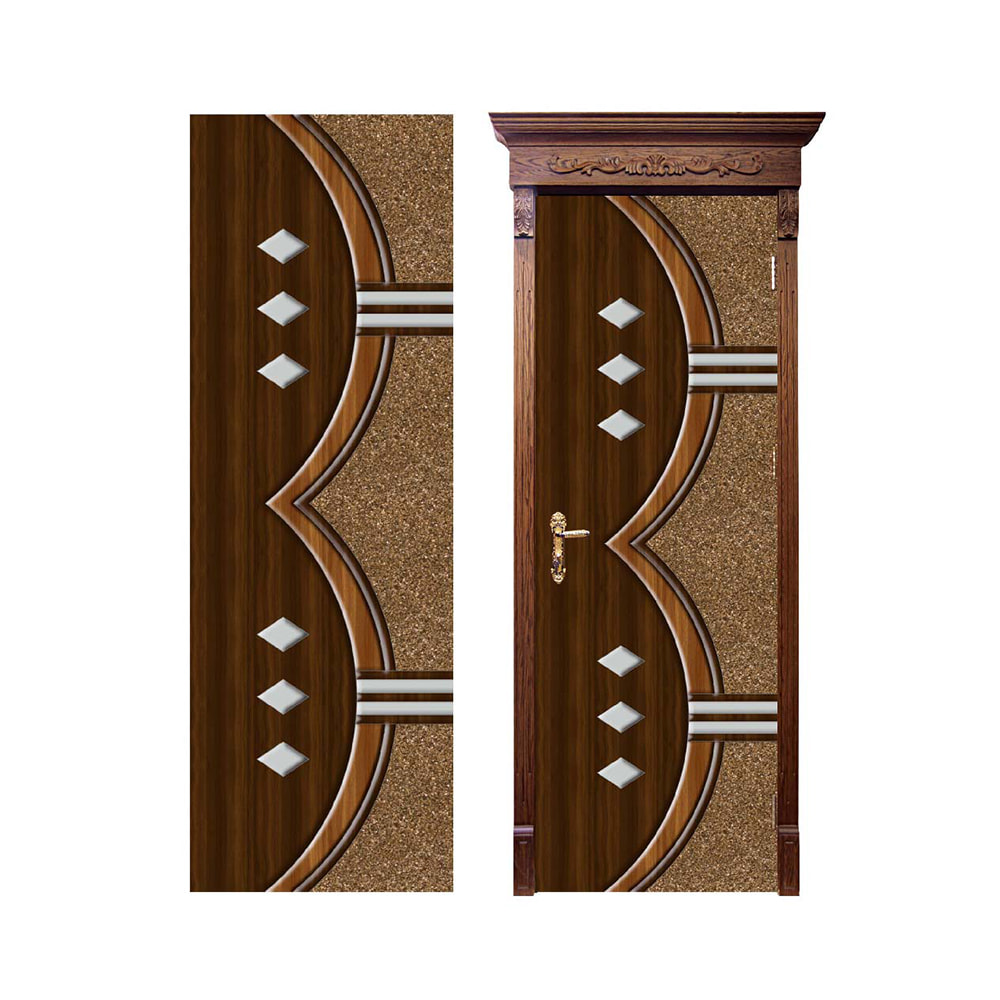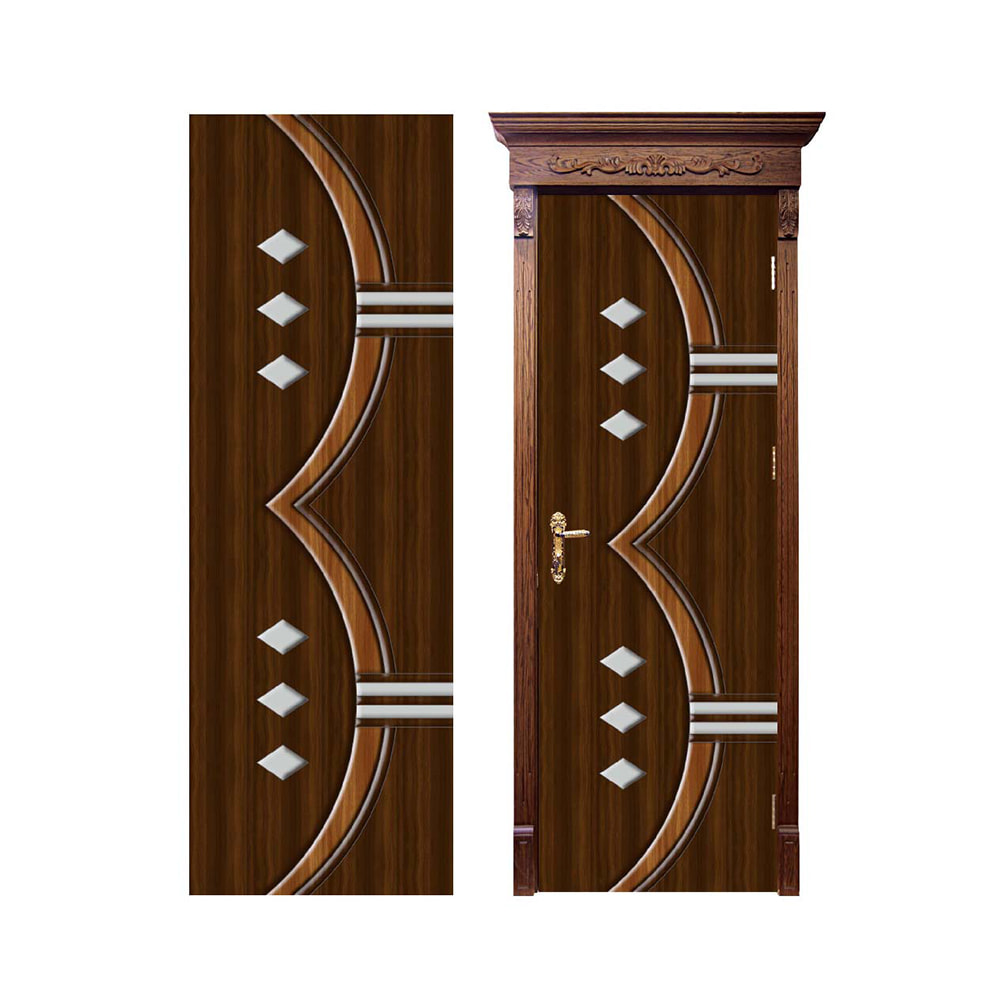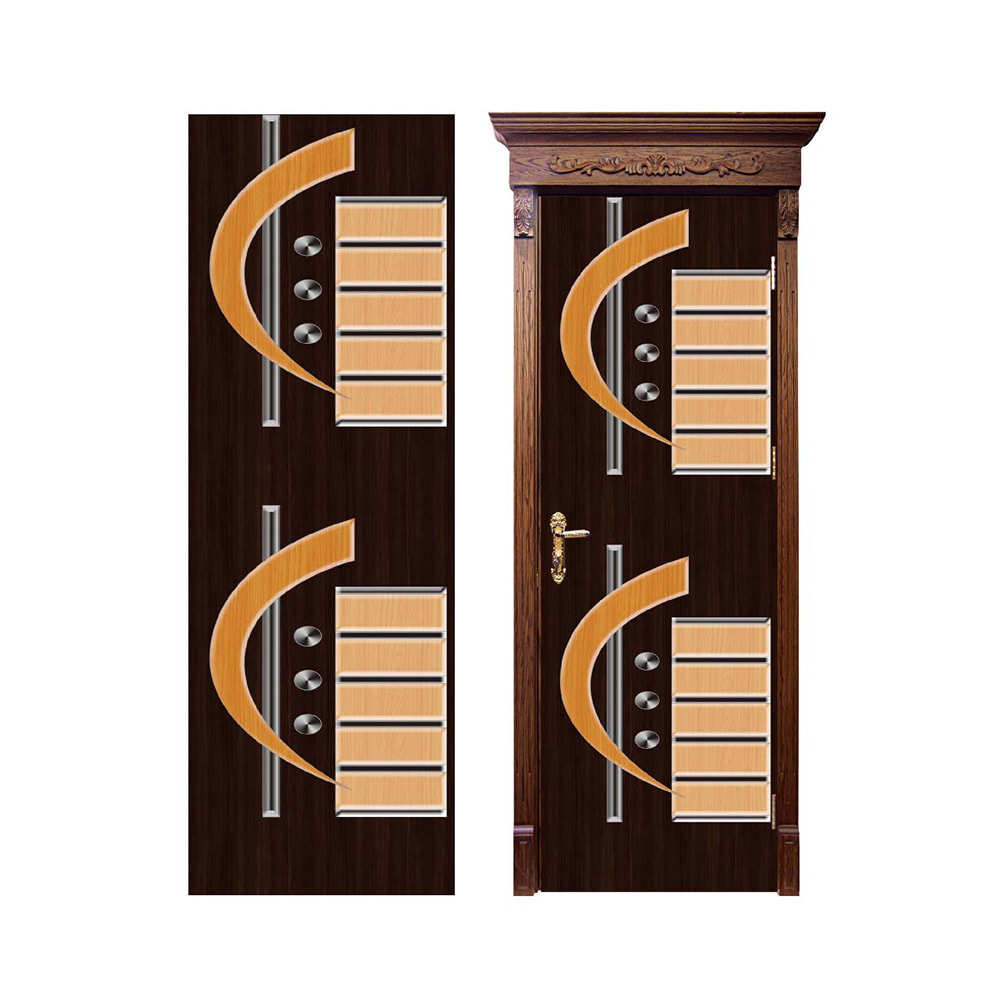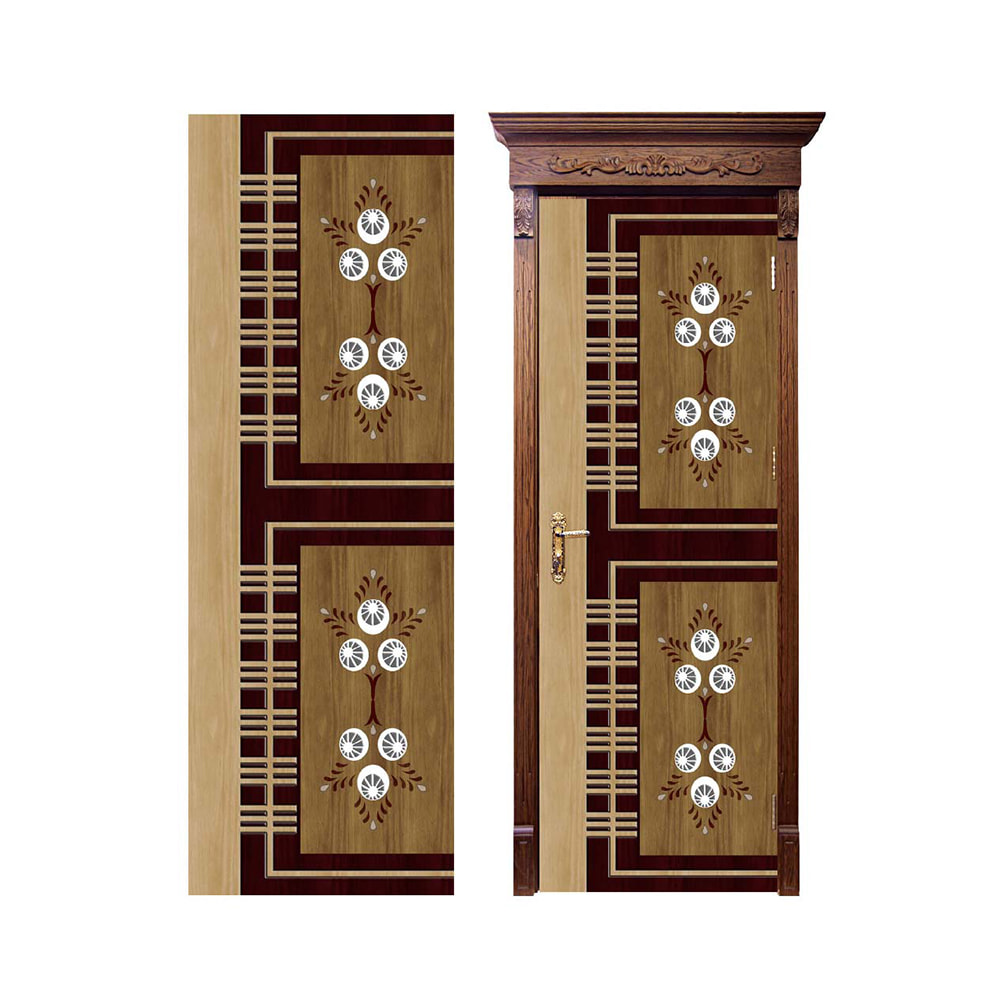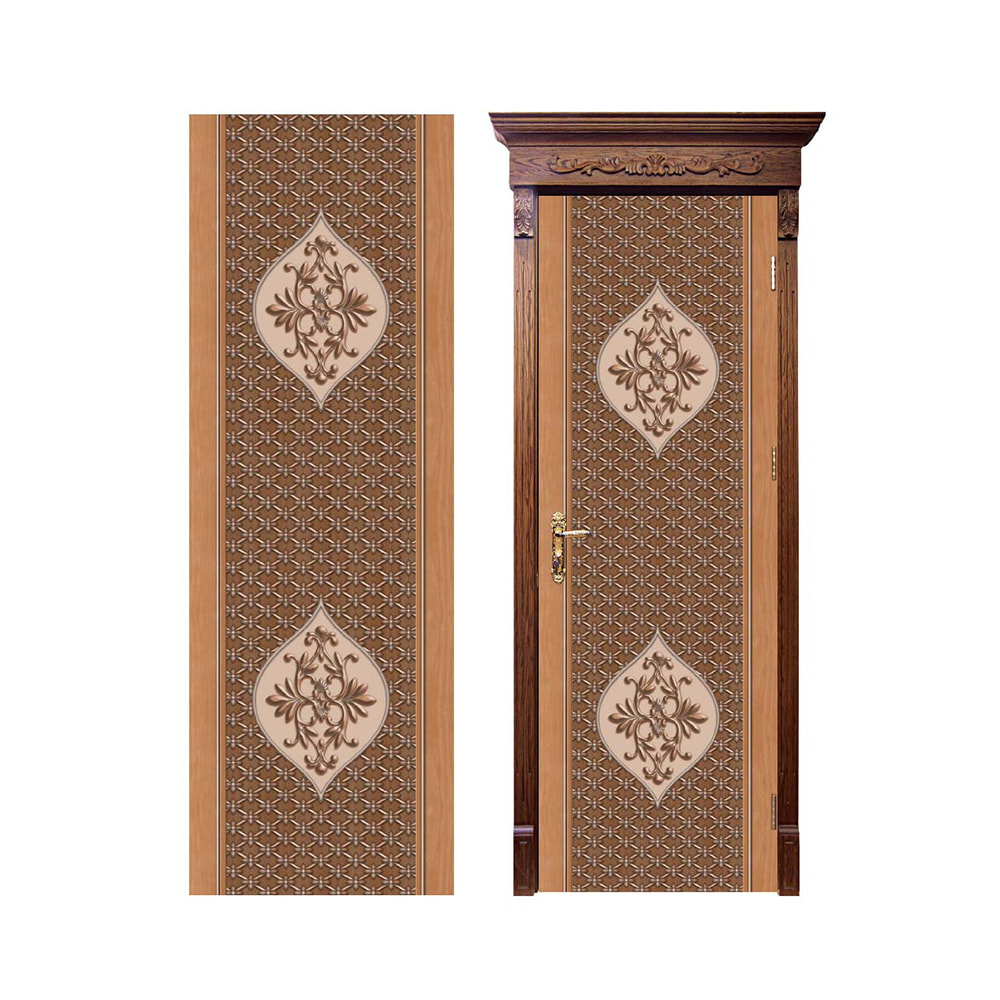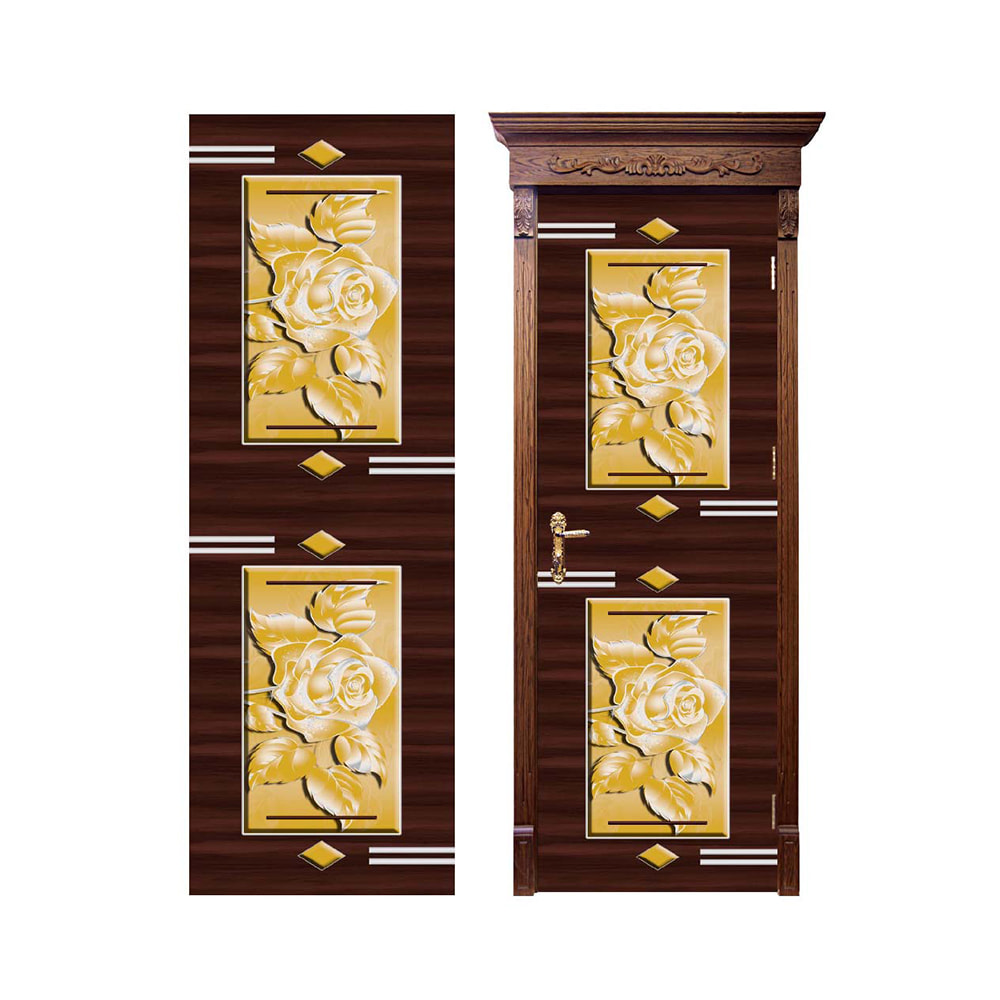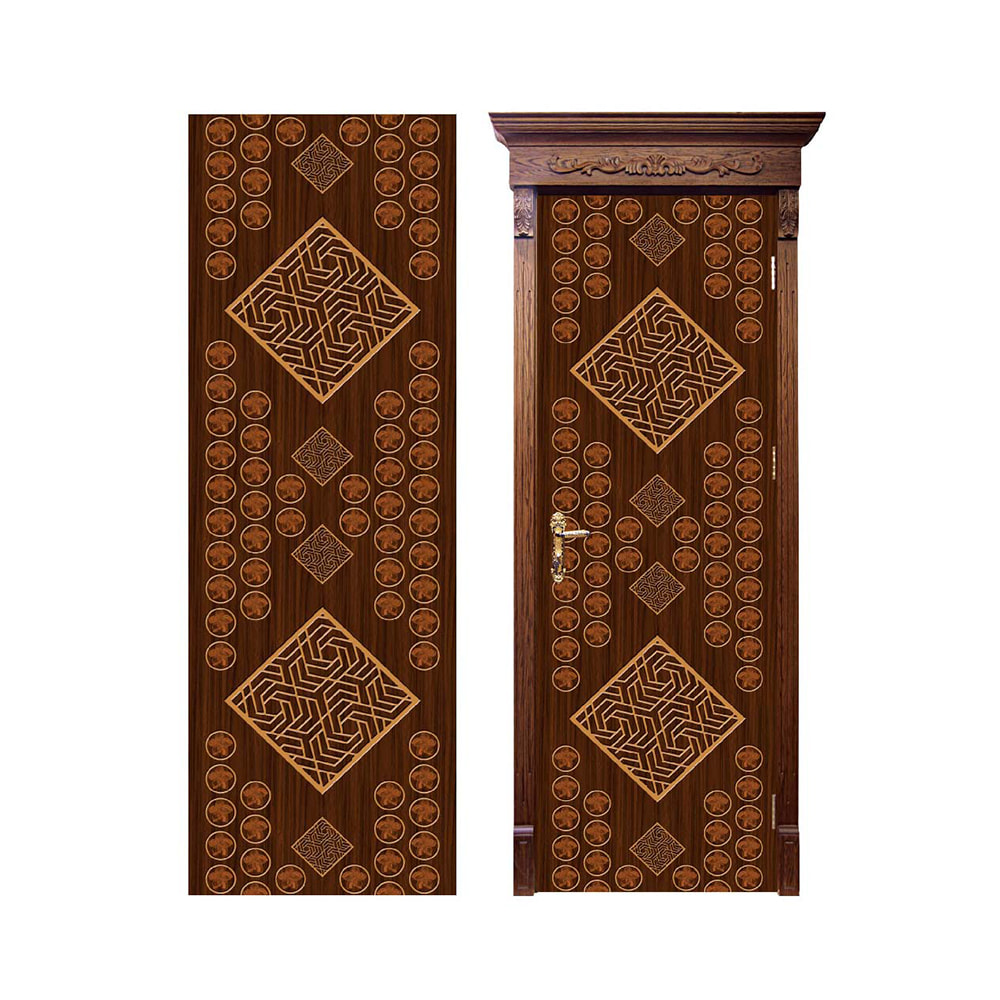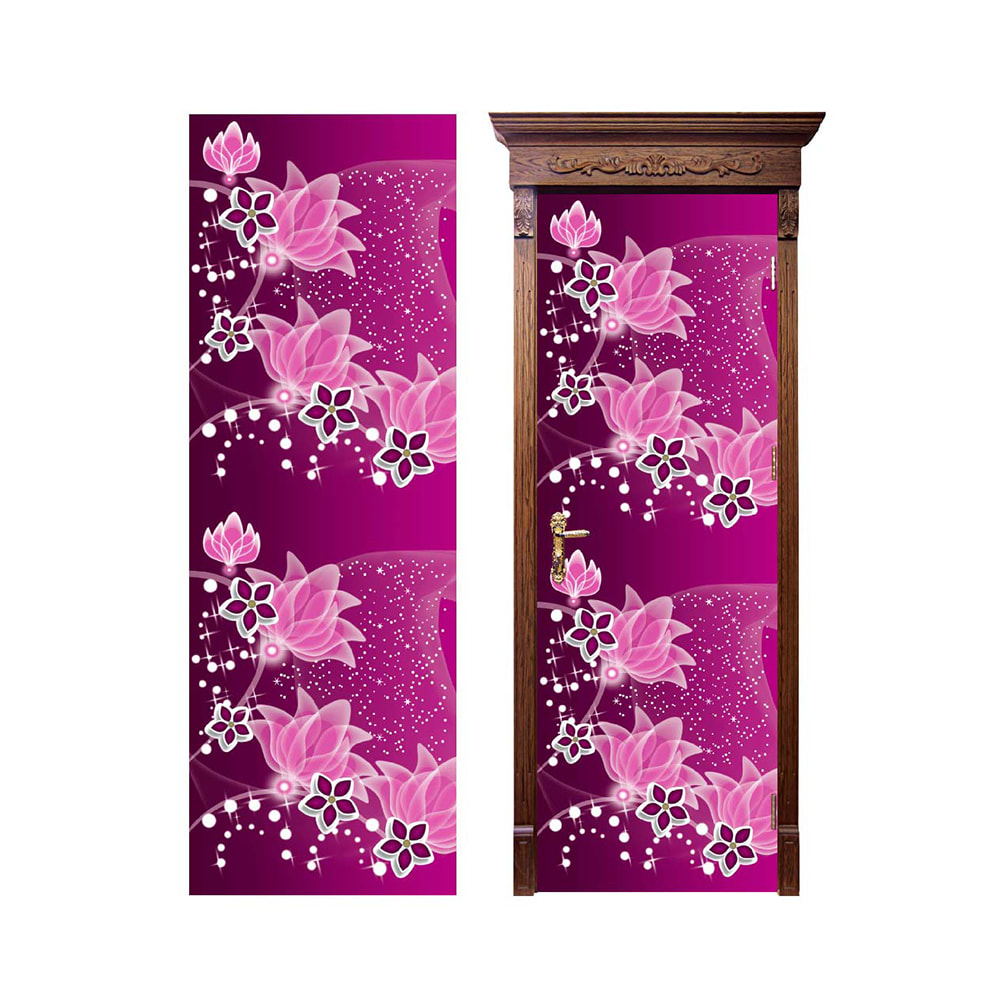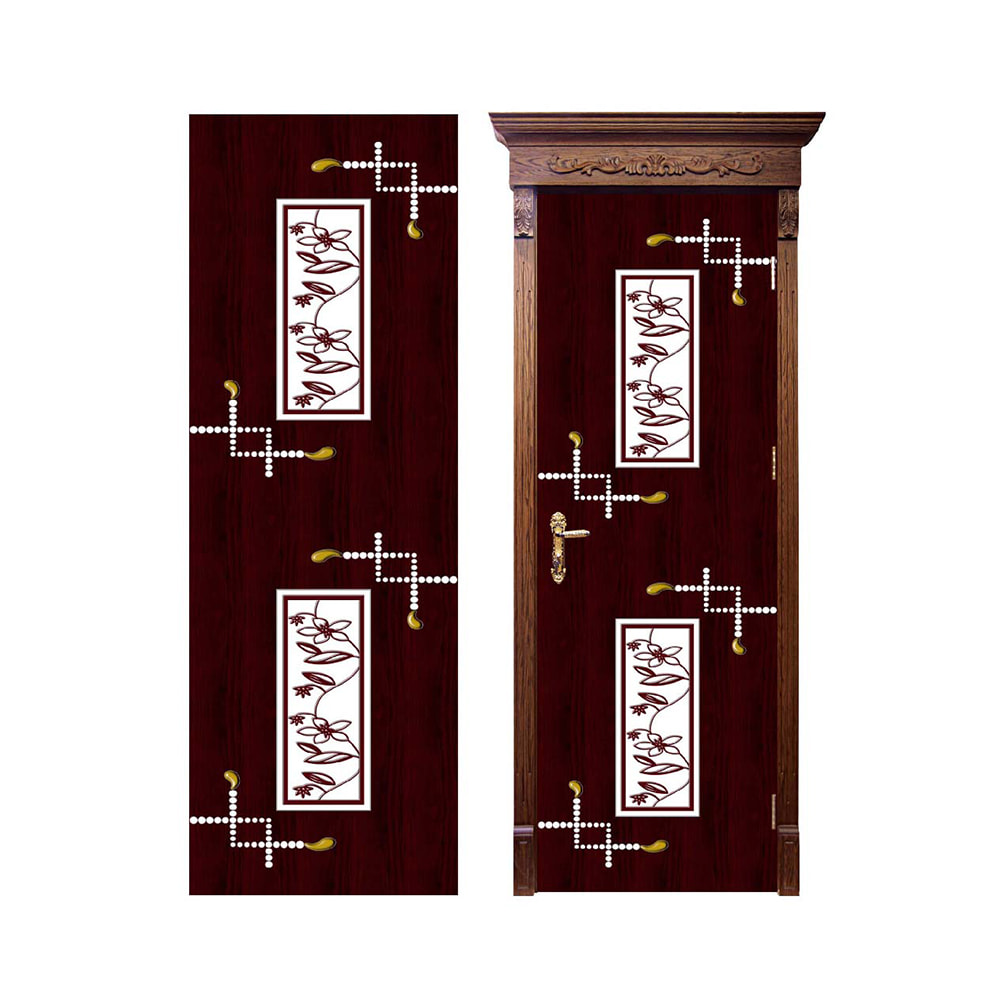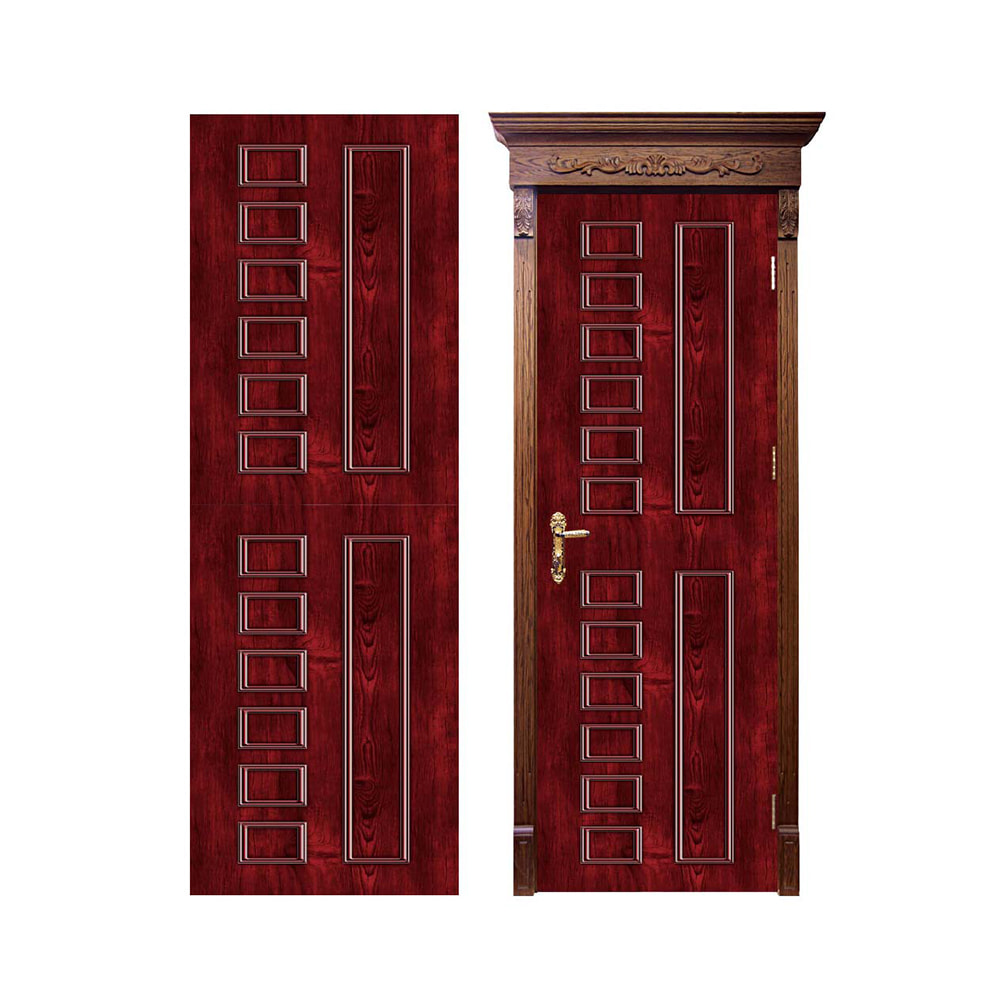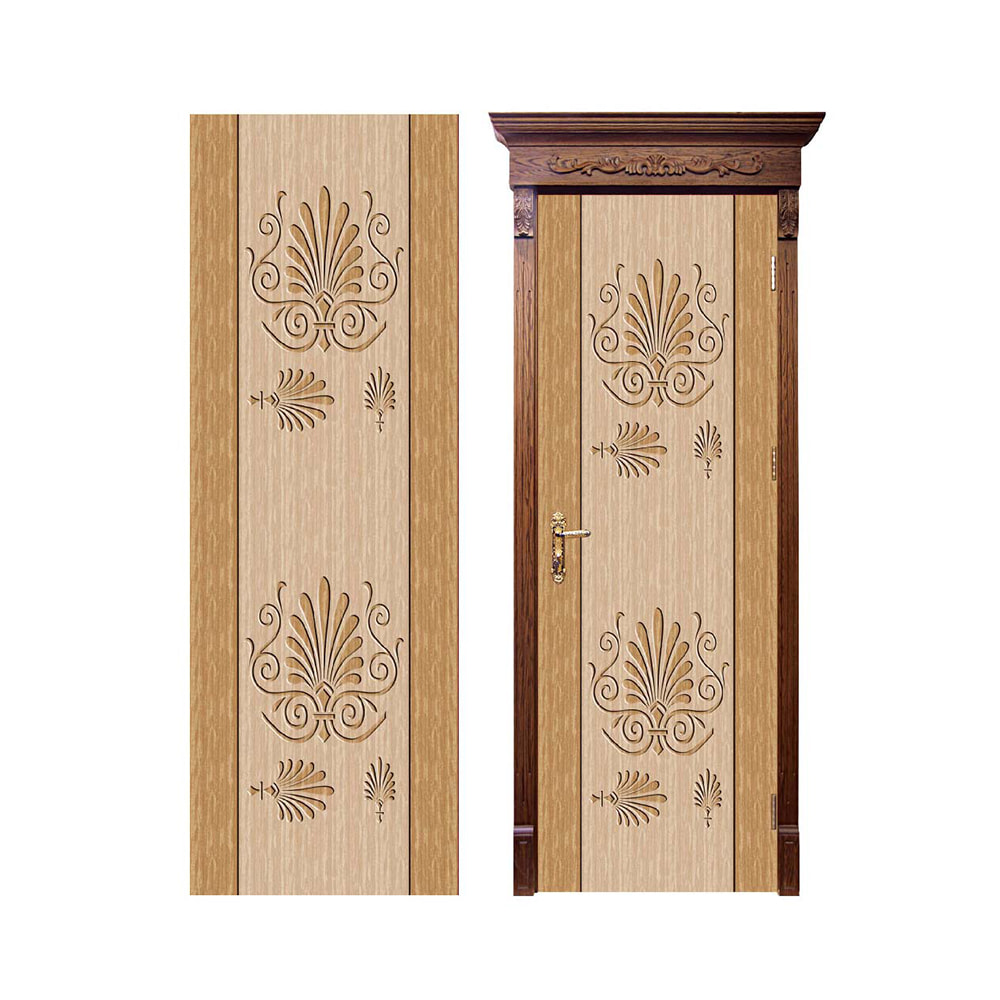Polyvinyl chloride (pvc) films can be roughly divided into two categories, one is plasticized PVC film, also known as soft PVC film (Plasticized PVC Film), and the other is unplasticized PVC film, also known as rigid PVC film (Unplasticized PVC Film). Among them, hard PVC accounts for about 2/3 of the market, and soft PVC accounts for 1/3. WPC PVC Wallpaper PVC Lamination Film is generally used for the surface of floors, ceilings and leather, but because soft PVC contains softeners (this is also the difference between soft PVC and hard PVC), it is easy to become brittle and difficult to store, so its scope of use is limited. Hard PVC does not contain softeners, so it has good flexibility, easy to form, not easy to be brittle, non-toxic and pollution-free, and has a long storage time, so it has great development and application value. The essence of PVC film is a vacuum plastic film, which is used for the surface packaging of various panels, so it is also called decorative film and adhesive film, and is used in many industries such as building materials, packaging, and medicine. Among them, the building materials industry accounts for the largest proportion, accounting for 60%, followed by the packaging industry, and several other industries with small-scale applications.

The production process of PVC film is not complicated. The ordinary production line is generally composed of a rolling machine, a printing machine, a back coater and a cutting machine. Films of only 0.3 mm to 0.7 mm are produced at the same time as the design is printed on the front of the film by a printer, and a backcoat is attached to the back of the film by a backcoater. But don't underestimate this layer of back coating, it is an important guarantee for the high-quality performance of PVC film. The back coating is composed of special materials and is a high-energy affinity agent. It is precisely because of this back coating that the PVC film can be tightly integrated with the MDF or other boards, and it will not be glued for ten or even fifteen years. The biggest problem of ordinary veneer is that it cannot solve the problem of film falling off. Since the whole production process is carried out at high temperature (the temperature in the rolling machine reaches 220 degrees), this makes the PVC film have high light resistance and fire resistance, ensuring the high quality of the PVC film.


 English
English 中文简体
中文简体